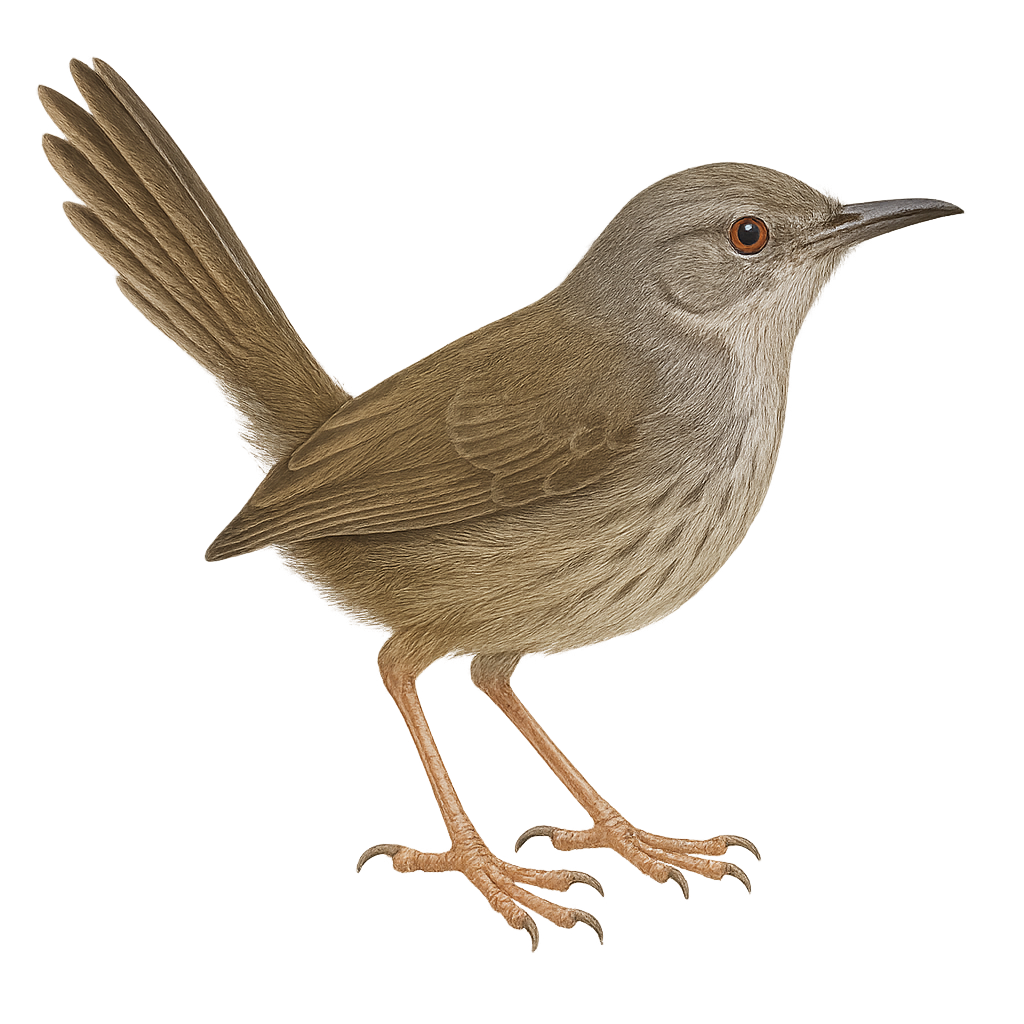Your wildlife photography guide.
Explore the rufescent prinia in detail, study its behavior, prepare your shots.
Where to observe and photograph the rufescent prinia in the wild
Learn where and when to spot the rufescent prinia in the wild, how to identify the species based on distinctive features, and what natural environments it inhabits. The WildlifePhotographer app offers tailored photography tips that reflect the rufescent prinia’s behavior, helping you capture better wildlife images. Explore the full species profile for key information including description, habitat, active periods, and approach techniques.
Rufescent Prinia
Scientific name: Prinia familiaris

IUCN Status: Least Concern
Family: CISTICOLIDAE
Group: Birds
Sensitivity to human approach: Suspicious
Minimum approach distance: 5 m
Courtship display: January to February
Incubation: 12-14 jours
Hatchings: January to March
Habitat:
dense bushes, grasslands, wetlands
Activity period :
Primarily active during the day, with peak activity in the morning and late afternoon.
Identification and description:
The Rufescent Prinia is a small passerine bird belonging to the Cisticolidae family. It is mainly found in the tropical and subtropical regions of Southeast Asia. Its plumage is generally brown with rufous shades on the throat, giving it its name. It measures about 13 to 14 cm in length and weighs between 6 and 10 grams. This bird is often seen in dense bushes, grasslands, and wetlands, where it primarily feeds on insects. The Rufescent Prinia is known for its melodious and repetitive song, often heard at dawn and dusk. It is a sociable bird, living in small groups and building ball-shaped nests in shrubs.
Recommended lens:
400mm – adjust based on distance, desired framing (portrait or habitat), and approach conditions.
Photography tips:
To photograph the Rufescent Prinia, it is advisable to use a 400mm lens or longer to capture precise details without disturbing the bird. Look for areas with dense vegetation, as this bird prefers bushes and grasslands. Be patient and discreet, as although the Prinia is suspicious, it can get used to your presence if you remain still. Take advantage of the early morning or dusk hours to benefit from soft, natural light, ideal for photography.
The WildlifePhotographer App is coming soon!
Be the first to explore the best nature spots, track rutting seasons, log your observations, and observe more wildlife.
Already 1 432 wildlife lovers subscribed worldwide

